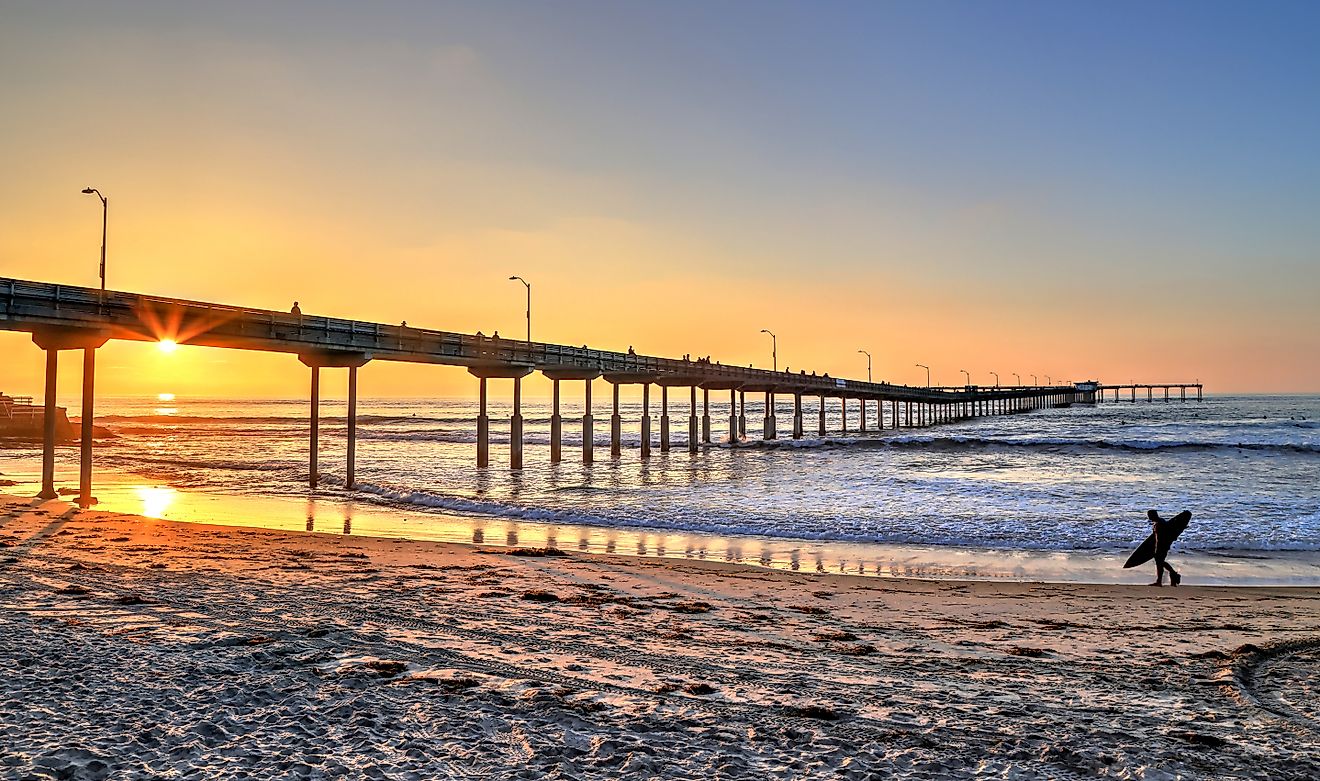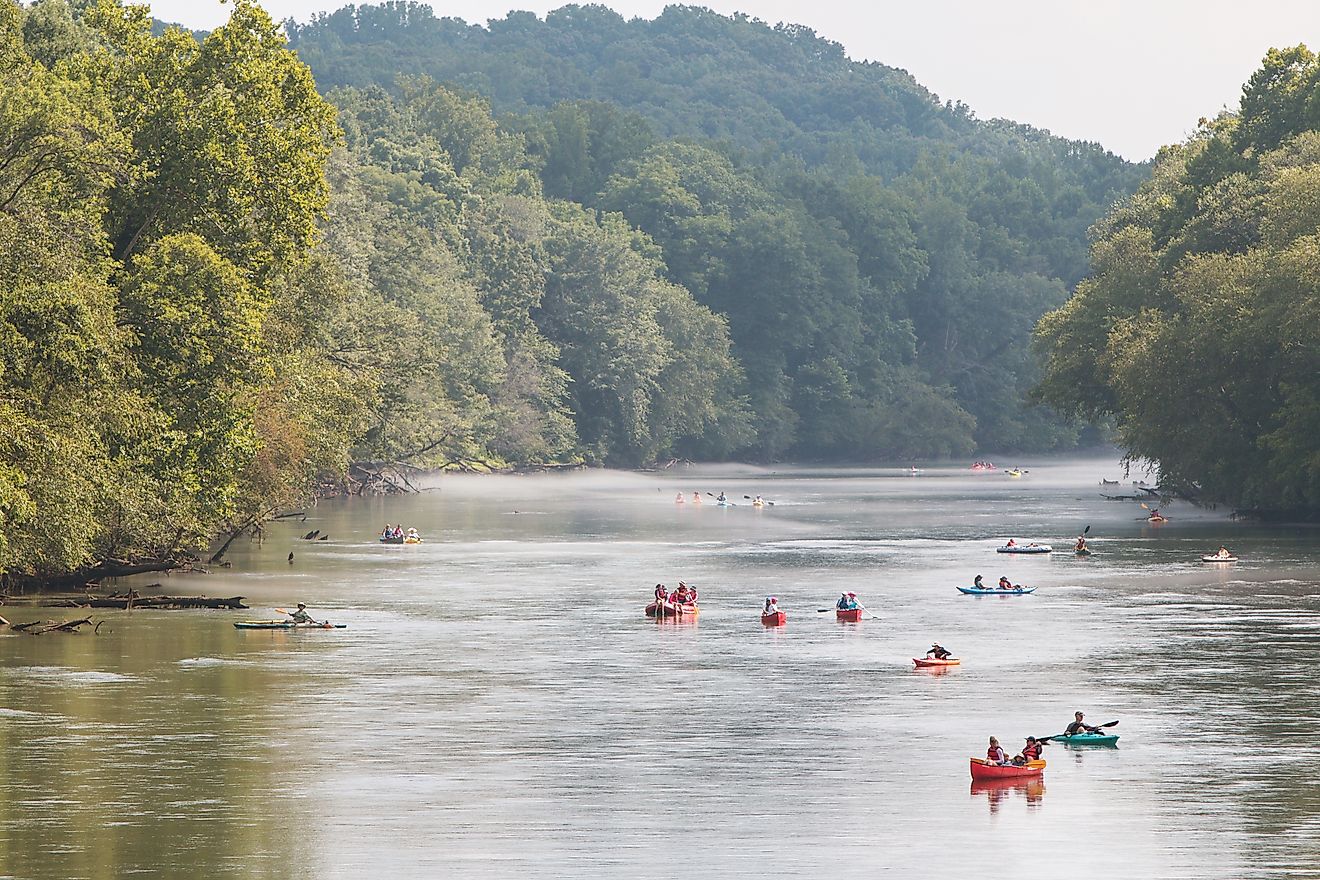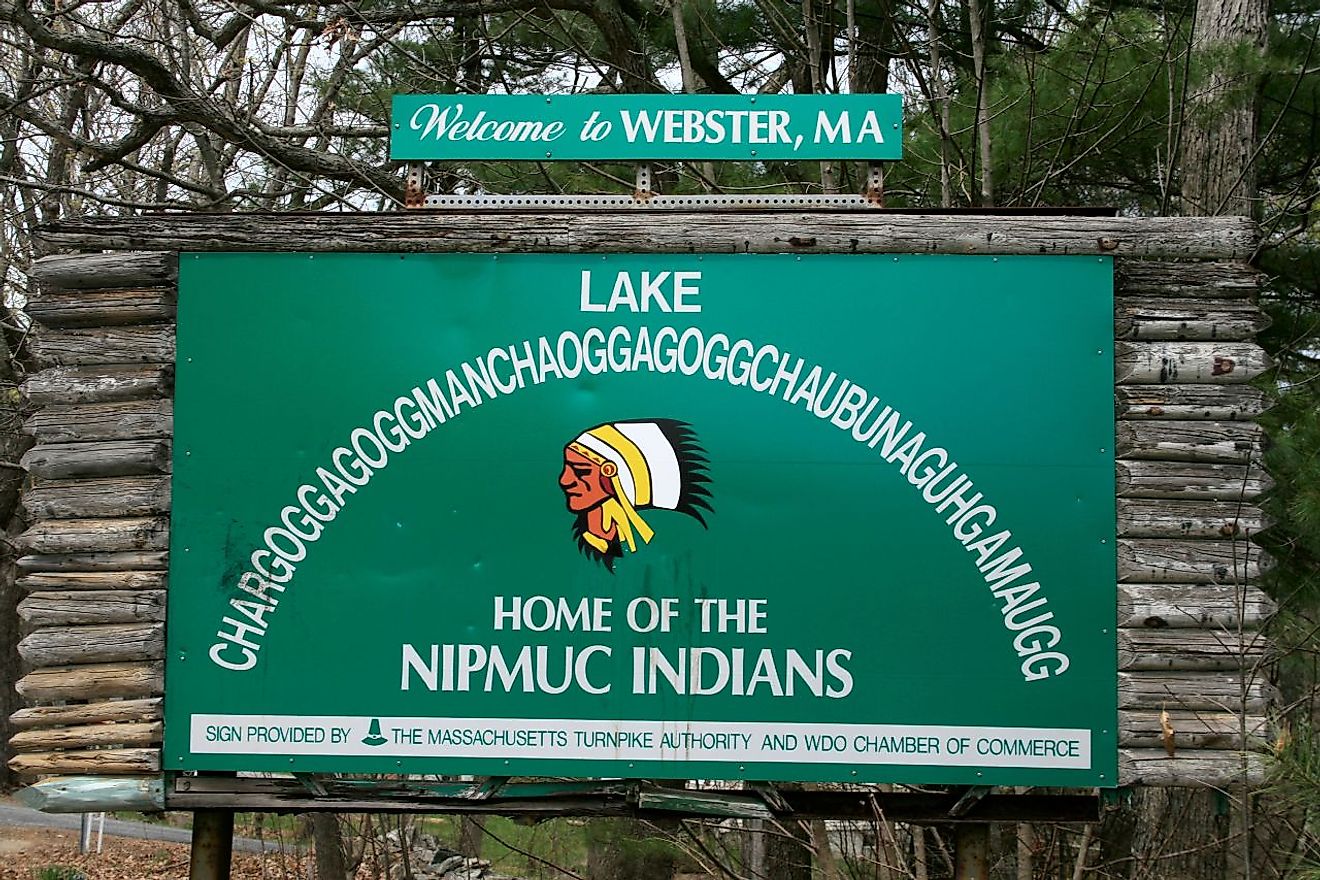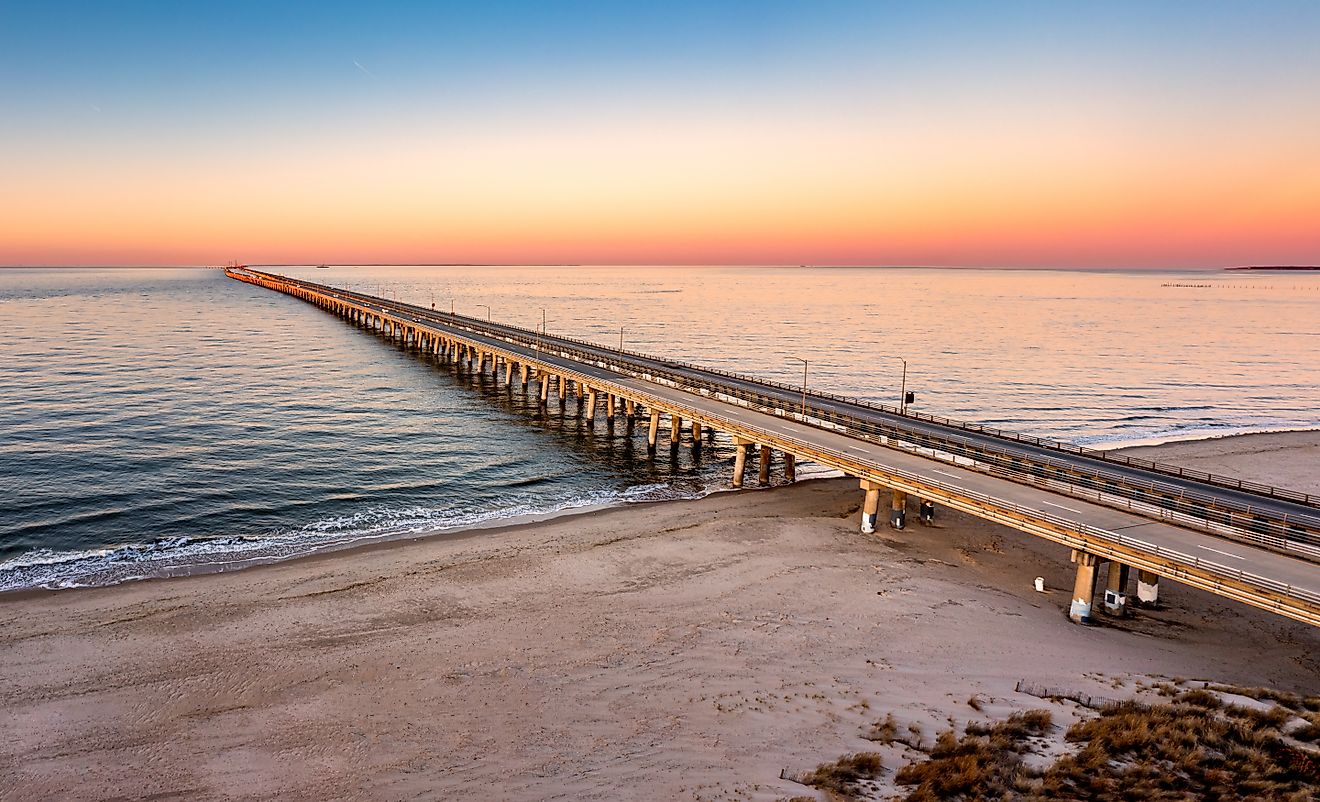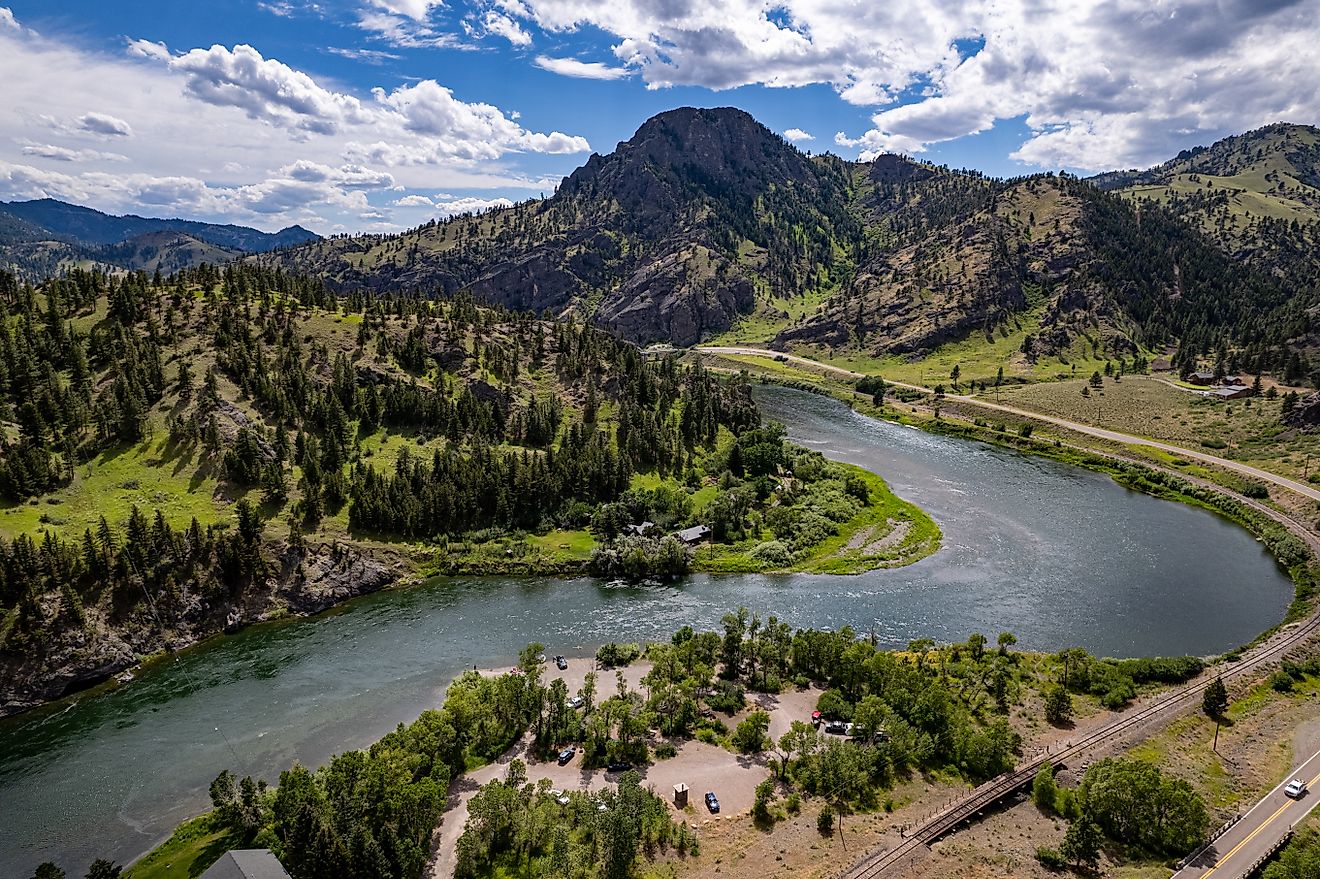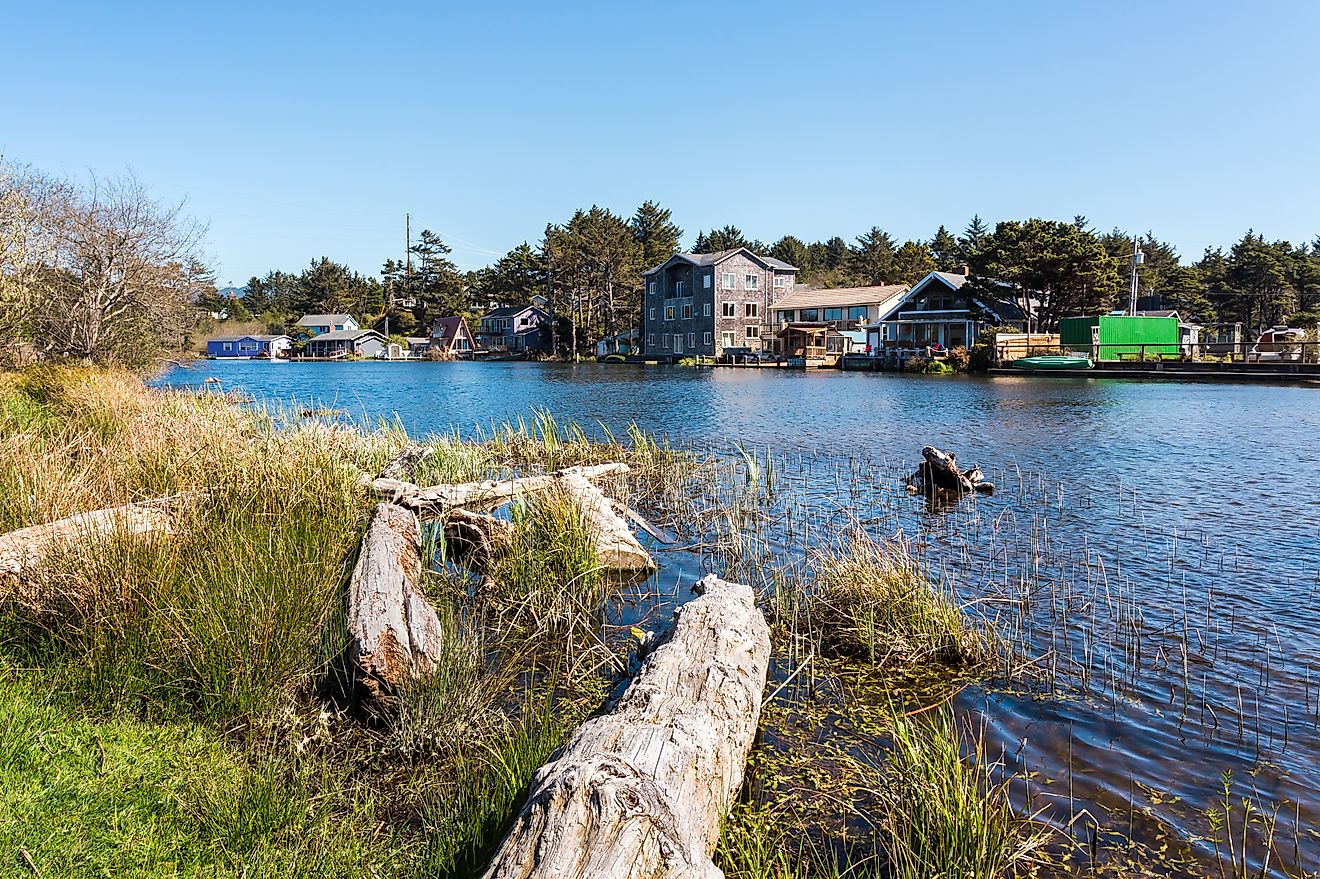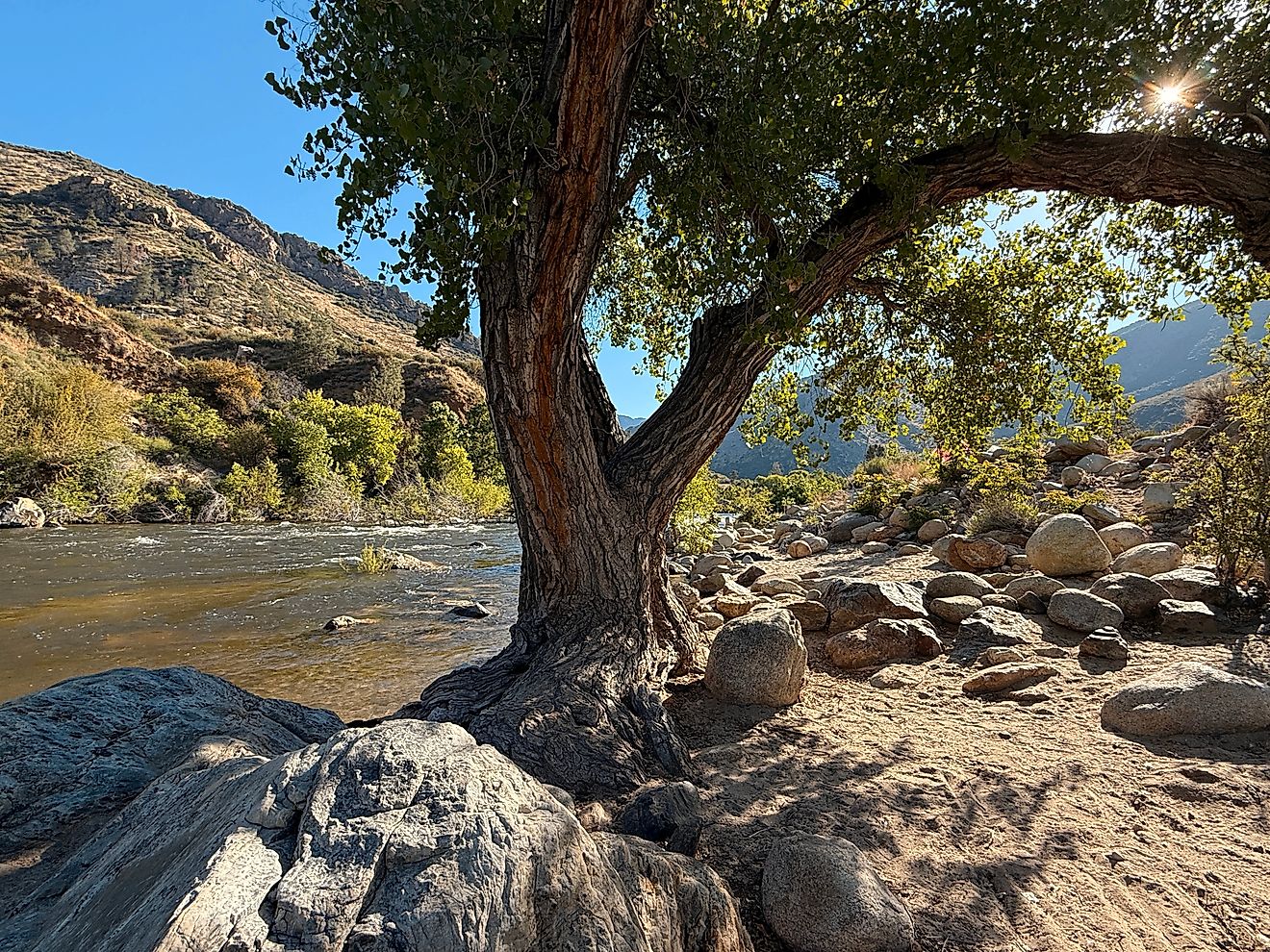
The 6 Longest Undammed Rivers in the US
Most of America’s great rivers no longer flow as they once did. The Colorado is hemmed in by Hoover Dam. The Columbia is sliced by over a hundred barriers. Even the mighty Mississippi is channeled, diked, and interrupted. Across the US, more than 90,000 dams stand between rivers and their natural courses, blocking fish, trapping sediment, and transforming ecosystems.
But not all rivers have been tamed.
A rare few still run wild—free from concrete, turbines, or floodgates. These are the longest undammed rivers in the United States, flowing hundreds of miles from source to sea without obstruction. They’ve carved canyons, fed ecosystems, and shaped human history the way rivers always have—on their own terms.
From the trout-rich waters of the Yellowstone to the glacial runs of Alaska’s Copper River, these rivers are more than just long—they’re alive. They’re ecological sanctuaries, cultural touchstones, and some of the last living examples of how a river is meant to behave.
Dive into the six longest undammed rivers in the US—where the current still calls the shots.
Yellowstone River (Montana, Wyoming, North Dakota)
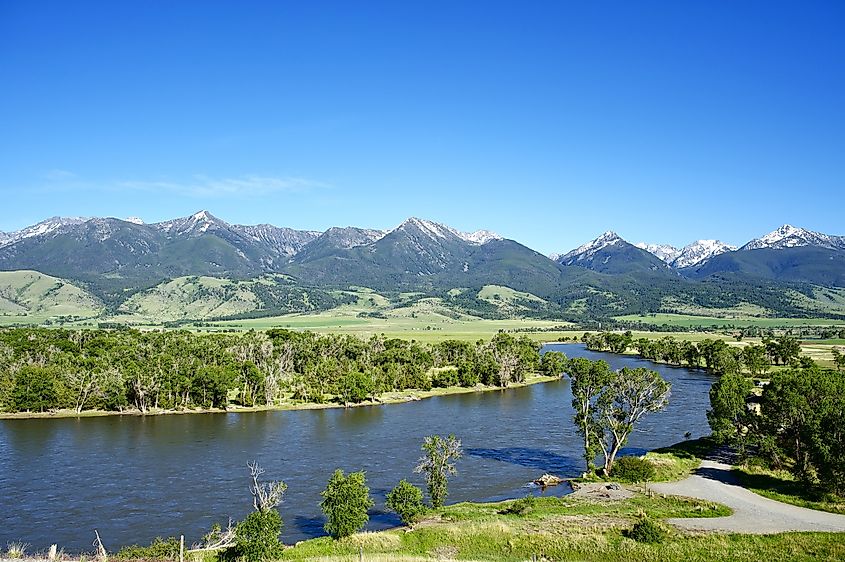
Length: 692 miles
The Yellowstone River is the longest free-flowing river in the contiguous United States, and it’s as wild as it is legendary. Rising in the Absaroka Range of Yellowstone National Park, it carves a path through mountain valleys, high plains, and arid badlands before emptying into the Missouri River in North Dakota.
Along the way, it supports vast populations of trout, bald eagles, and even grizzlies. With no dams interrupting its course, the river’s natural rhythms remain intact—providing seasonal flooding that nourishes floodplains and enables fish to spawn uninterrupted.
It’s also deeply woven into American history and lore. The Lewis and Clark Expedition followed the Yellowstone homeward in 1806, and it’s long served as a vital corridor for Indigenous peoples, pioneers, and ranchers.
Pecos River (New Mexico, Texas)

Length: 926 miles total / ~350 miles undammed
Though dammed in Texas, the upper Pecos River remains one of the longest undammed stretches in the desert Southwest. Originating high in the Sangre de Cristo Mountains of New Mexico, it flows through pine forests and red-rock canyons, offering a surprisingly lush contrast to the arid landscape it traverses.
The river’s free-flowing upper reaches are a lifeline for wildlife, sustaining cottonwood stands, trout streams, and endangered species like the Pecos bluntnose shiner. Anglers and paddlers are drawn to its pristine solitude, especially in the Pecos Wilderness—one of the most rugged and remote parts of the Southwest.
John Day River (Oregon)
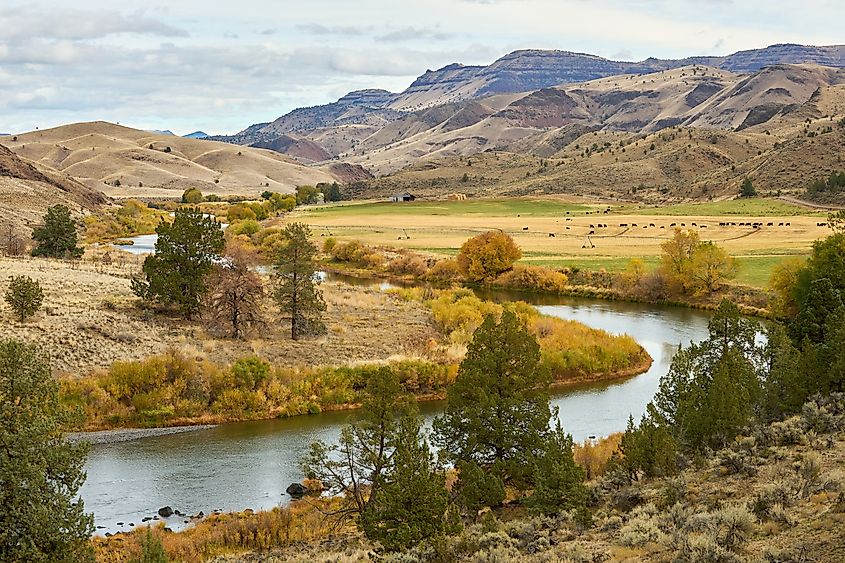
Length: 284 miles
Flowing undammed through the high desert of eastern Oregon, the John Day River offers a perfect blend of geology, solitude, and wild water. It’s the longest free-flowing river contained entirely within one US state.
The John Day slices through painted hills and fossil beds, offering insight into both deep time and living ecosystems. Its pristine waters are essential for steelhead and Chinook salmon, making it a vital refuge for migratory fish in the Pacific Northwest.
Much of the river has been designated Wild and Scenic, preserving its natural character while allowing for recreation like fly fishing, rafting, and wildlife viewing. And because it has no dams, the John Day's sediment loads and seasonal flows remain natural—sustaining riparian habitat the way rivers were meant to.
Gila River (New Mexico, Arizona)
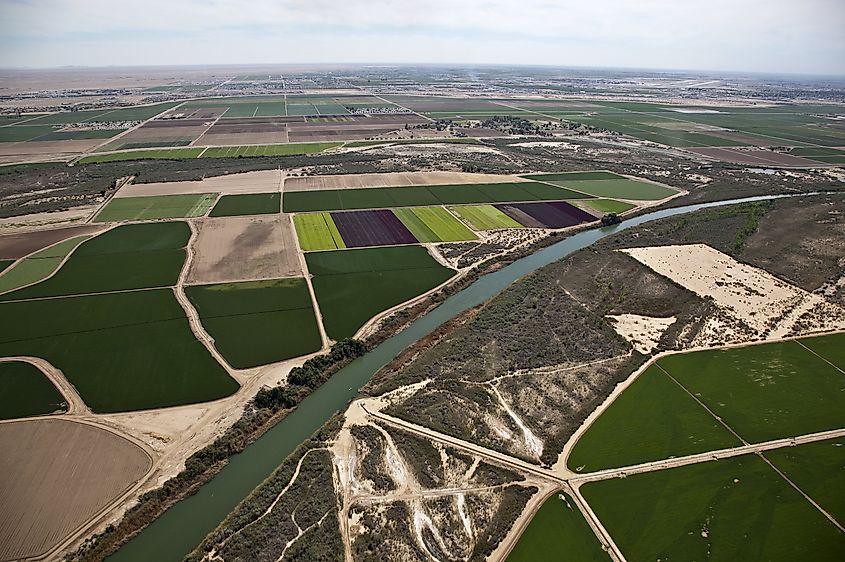
Length: ~649 miles total / ~200 miles undammed
Though much of the Gila River is dammed downstream in Arizona, its upper 200-mile course through New Mexico remains one of the longest wild river segments in the Southwest. And what a stretch it is.
In the Gila Wilderness—the first designated wilderness area in the United States—the river flows through canyons teeming with wildlife, Native American ruins, and hot springs. It’s home to rare species like the Gila trout, and its riparian corridors offer a rare refuge for migratory birds and native vegetation.
Proposals to divert or dam the Gila have been met with fierce resistance. Conservationists and local tribes continue to fight for permanent protections to ensure this critical waterway remains wild.
Charley River (Alaska)
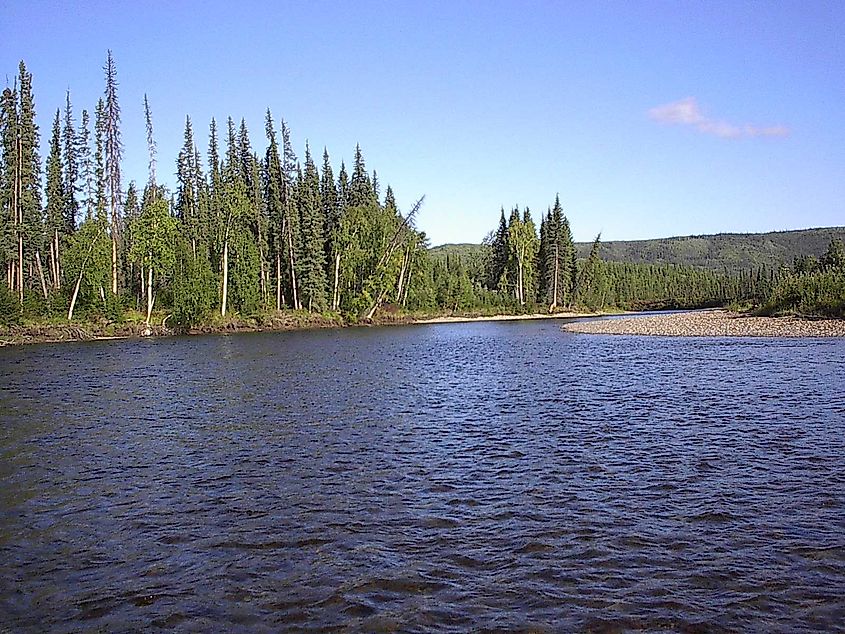
Length: 88 miles (tributary of the Yukon River)
Remote and untouched, the Charley River winds through some of the wildest terrain in Alaska. A tributary of the Yukon River, it flows entirely within the Yukon-Charley Rivers National Preserve and remains completely undammed and undeveloped.
The river offers an Arctic wilderness experience: grayling-filled waters, boreal forest, and grizzly bears roaming the banks. No roads cross the river, and few people ever see it. Paddlers who venture in are rewarded with solitude and raw, uninterrupted nature.
Though short compared to the other rivers on this list, the Charley is part of the largely free-flowing Yukon River system—making it part of one of North America's last vast undammed watersheds.
Copper River (Alaska)

Length: 290 miles
Rushing from the glaciers of Wrangell-St. Elias National Park to the Gulf of Alaska, the Copper River is famed not only for its wild flow but for the legendary salmon that surge upstream each year.
Undammed and largely inaccessible, the Copper's steep gradients and braided channels have defied human control. It’s a powerhouse of sediment transport, nourishing one of the largest wetland deltas in North America—the Copper River Delta—home to millions of migratory birds.
Its salmon runs are so robust, they’re considered among the best in the world, supporting Indigenous subsistence fishing and a tightly managed commercial industry that values sustainability.
Why Wild Rivers Still Matter—and Why They’re at Risk
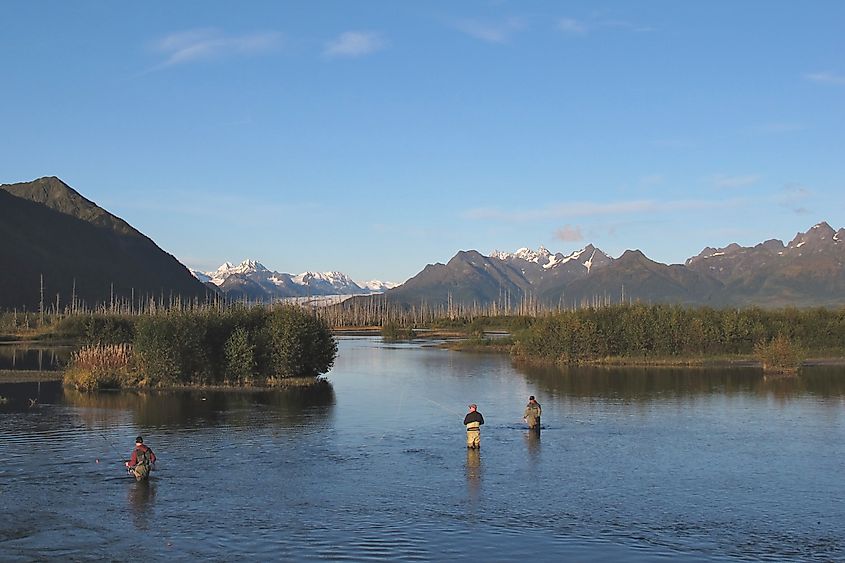
Undammed rivers are more than just curiosities. They are ecological engines, cultural landmarks, and critical buffers in an era of climate instability.
Ecologically, free-flowing rivers enable fish migration, preserve biodiversity, and allow sediment to nourish floodplains naturally. They support complex food webs—from spawning salmon to the bears, birds, and forests that rely on them.
Culturally, wild rivers have always been vital. They’re embedded in Indigenous history, used as trade routes, and revered in spiritual traditions. For modern Americans, they offer recreation, clean water, and a deeper connection to the natural world.
Economically, these rivers still serve local communities—through fishing, tourism, and even agriculture—without the environmental costs that come with large-scale damming.
But these wild rivers are fragile. They face:
-
Climate change, which is altering snowmelt and flow patterns
-
Water extraction, especially in arid regions
-
Development pressure, including dam proposals and diversions
-
Pollution and invasive species, which degrade water quality and habitat
Efforts to protect them are ongoing. Designations like the National Wild and Scenic Rivers System offer federal protection, while conservation groups work to raise awareness and resist dam construction. In some rare cases, aging dams are even being removed, restoring rivers to their former courses.
The bottom line? Undammed rivers are vanishingly rare—and more valuable than ever.
Final Thoughts: Let the River Run
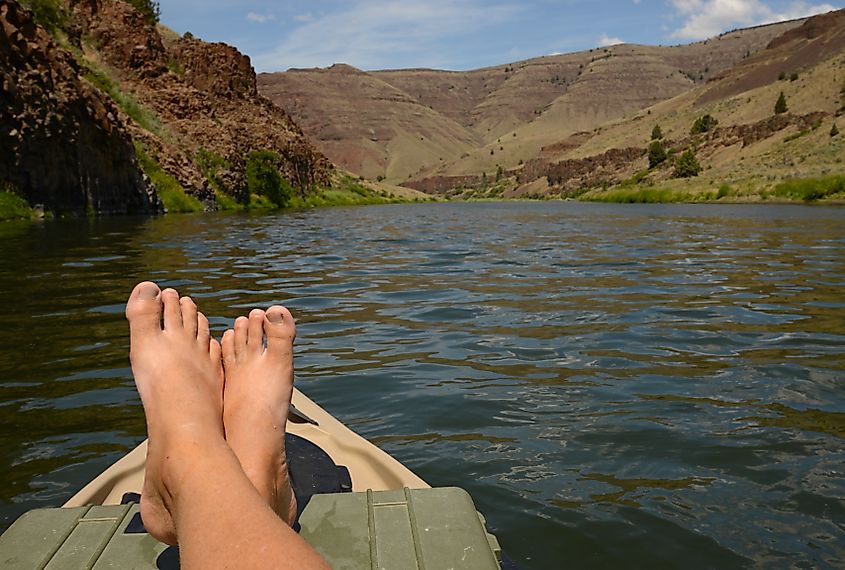
As the US continues to confront a future shaped by climate stress, energy demands, and ecological loss, these six rivers stand as testaments to resilience. They remind us what’s possible when nature is left to thrive.
To visit a wild river is to witness a living system still in motion—carving, meandering, nourishing, evolving. It’s to see a piece of the country as it was long before concrete walls and hydroelectric turbines shaped its waters.
If you ever get the chance to hike the Gila, fish the Yellowstone, or raft the John Day, take it. These rivers are more than just water—they're time machines, sanctuaries, and symbols of what still flows wild in America.
FAQs
What defines an undammed river? A river that flows from its source to its mouth without any dams or man-made impoundments interrupting its course.
Are there completely undammed rivers in the US?
Yes, though rare. Rivers like the Yellowstone, John Day, and Charley remain entirely undammed along their length.
Why are undammed rivers important for wildlife?
They provide uninterrupted migration paths for fish, preserve riparian ecosystems, and maintain natural flow regimes critical to biodiversity.
Can these rivers still be dammed in the future?
Some are protected under federal law, but many are still vulnerable to development, especially in regions facing drought or energy shortages.
